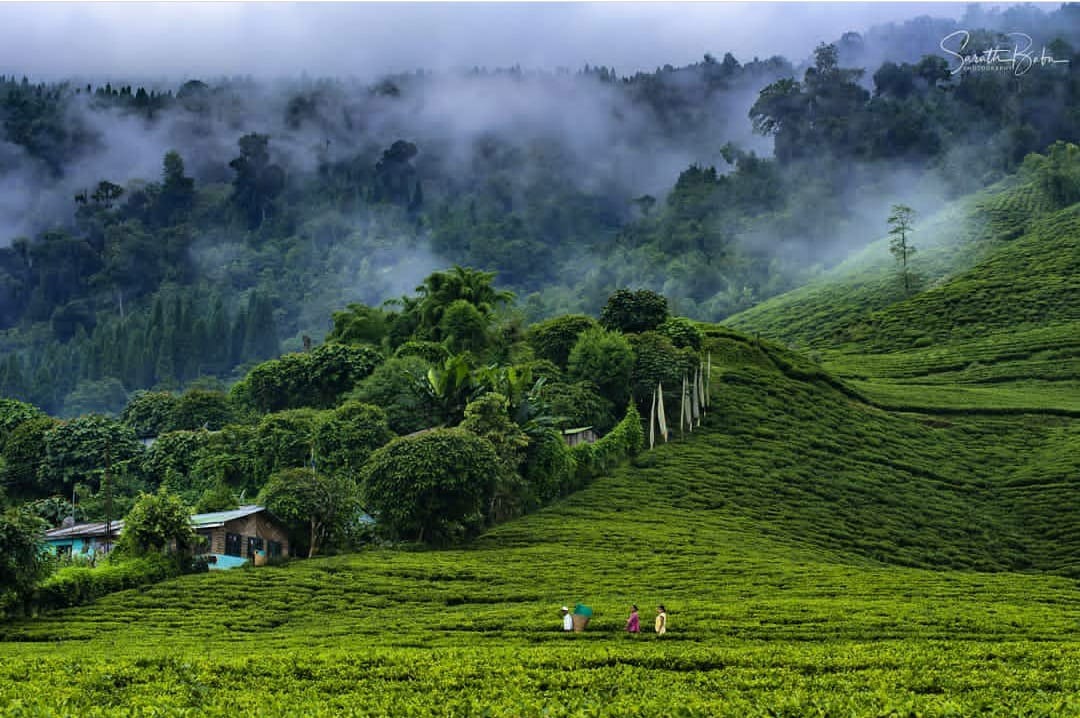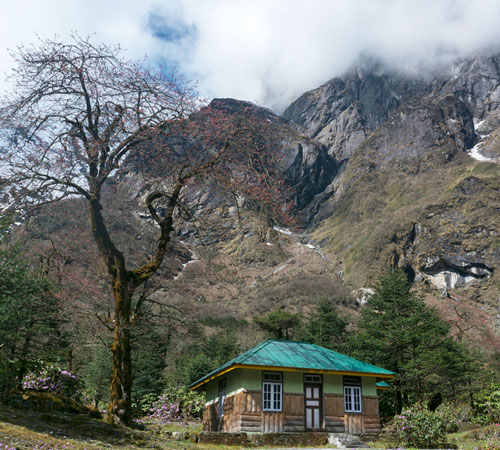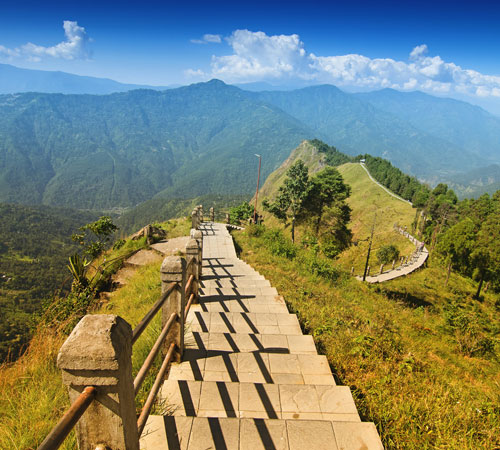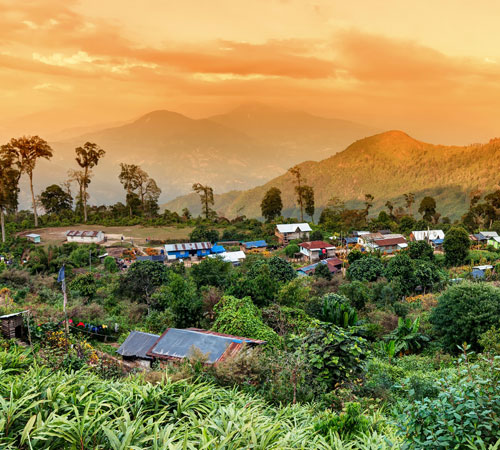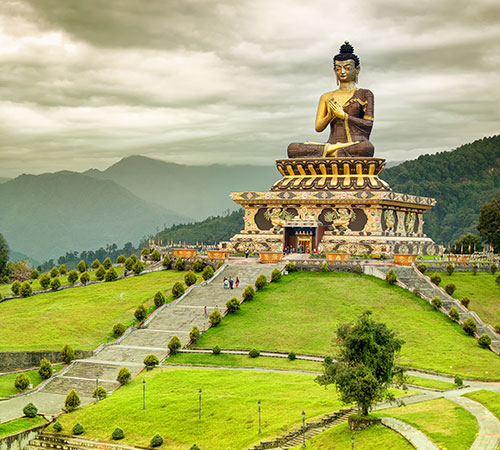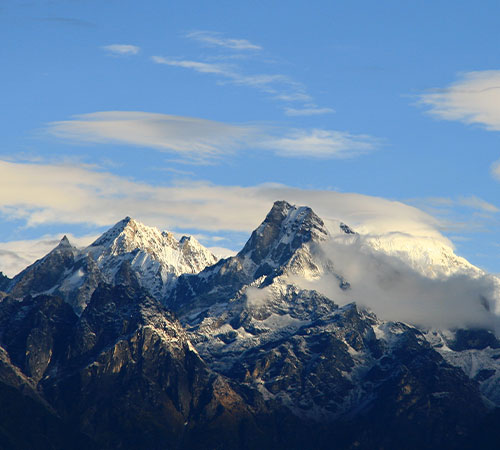Climate of Sikkim
Sikkim with a small landmass of only 7,906 has huge changes in its climatic conditions based on the region. The southern part of Sikkim experiences sub-tropical climatic conditions which can reach up to 28 degrees Celsius in summer, whereas the northern parts of Sikkim tend to have snowy and freezing temperatures that can go as low as -5 degree Celsius during winters and during monsoons around 600-700 mm of rainfall takes place in Sikkim. The average temperature of Sikkim is around 18 degrees Celsius annually.
Permit Required / Rules & Regulations
The Sikkim government allows 30 days of initial PAP (Protection Area Permits) to all of its tourists which permits them to visit the protected areas of Sikkim including Gurudongmar Lake, Nathula Pass, Tsomgo Lake, and a few more. Some of the protected areas are not accessible to foreigners however they can visit Lichen and Yumthang with PAP. In restricted areas people outside of Sikkim need to fill up a prescribed form and need to get approval from the dedicated authority.
Do's and Don'ts
The people of Sikkim support sustainable tourism and are committed to the protection and preservation of natural habitats and the environment of the mountains. The tourists are required to enjoy the majestic view of Sikkim and its beautiful landscapes while keeping it clean and without hurting the environment. The use of plastic bottles and plastic bags are banned in the forest, use of such in town and villages needs to be disposed wither on the garbage box or dustbins.
How to Reach
Sikkim can be visited through airways with flights to the nearest airport Bagdogra located around 140 km away from Sikkim. Another option to reach Sikkim is by road via Siliguri separated by 120 km for which there are a variety of tour operators which can be used to reach Sikkim. However, various car rental services are partnered with us which follow the same moral values of sustainable tourism by protecting and preserving the natural habitat of Sikkim. The train service to reach Sikkim is not available as there are no railway stations in the state.


